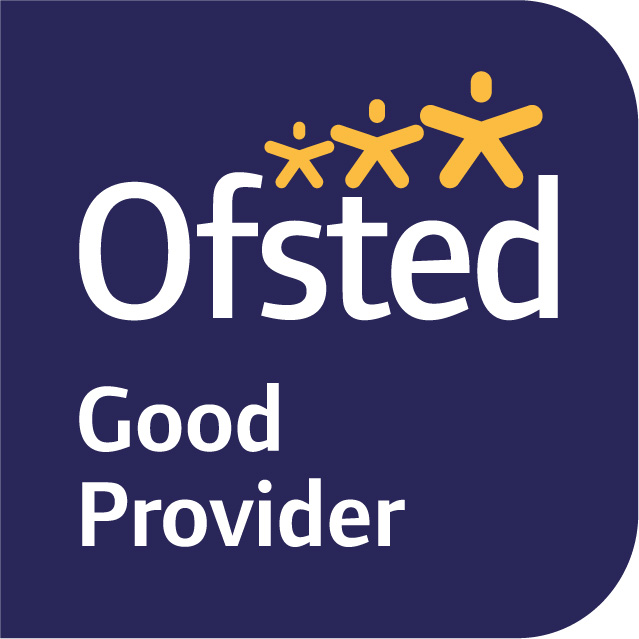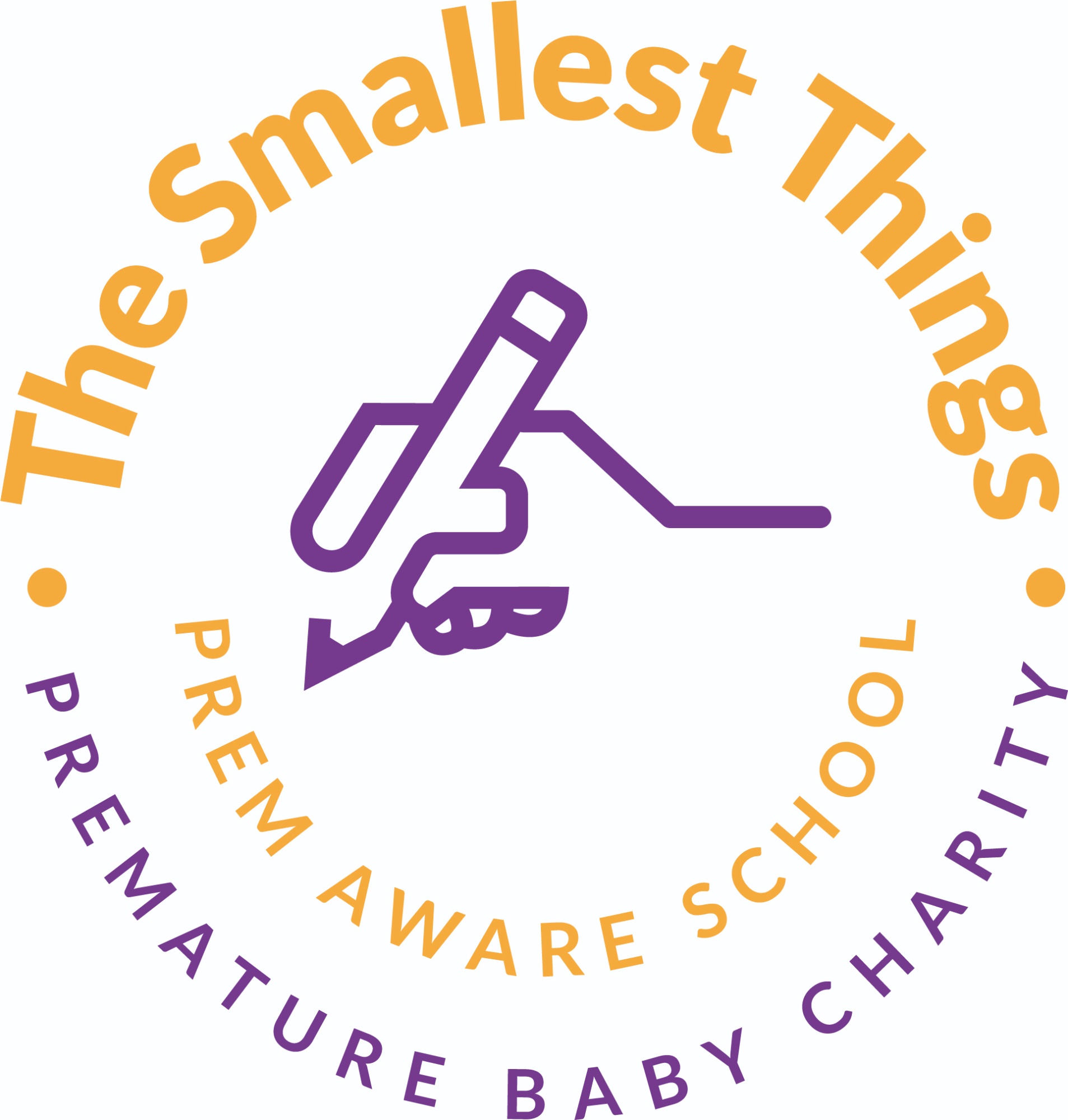Curriculum
Our Curriculum Vision
We want our children to be:
-
Resilient and confident
-
Independent
-
Engaged and motivated
-
Curious
-
Tolerant and caring
-
Happy
Our curriculum is designed to……..
-
use concrete experiences because children learn by doing
-
promote curiosity in a topic/subject so the children are motivated to learn more
-
frame a lot of our learning across the curriculum around topics so that the children make connections across all the different subjects
-
be broad and balanced, so the children experience learning beyond just English and Maths
-
make connections between the knowledge the children already have and new learning
-
encourage the children to try new things and to ask questions
-
foster collaboration and discussion.
Each year group follows their own topics. We have sequenced our curriculum so that Eearly Years lays the building blocks of what the children will learn in Year 1, which in turn prepares the children for learning in Year 2. Each subject has an overview to ensure there is a progression of skills from year to year.
We provide a spiral curriculum in which key concepts are presented repeatedly throughout the curriculum, but with deepening layers of complexity, or in different applications. In designing our curriculum, we have been clear about outcomes, defining the ‘sticky knowledge’ that children must learn; this is expressed for each subject/topic in the Knowledge Organiser. This drives our assessment of what the children have learned.
When children leave our school at the end of Year 2, we want them to have developed skills in each subject and made connections across subjects, which they can use for learning in Year 3 and beyond. As they look back at their time at Windlesham, we want to celebrate their sense of belonging to our community and how they have developed.
Early Years and Transition to Year 1
In Early Years, we provide continuous provision across the 7 areas of learning, centred around a whole-class topic. Each day, after whole-class direct teaching time, half the class continue their learning outside and half the class remain inside. In both learning areas, there is one adult-led learning activity as well as a range of child-initiated activities. Each day there is a focus for independent learning to apply knowledge and skills. We encourage the children to be curious and ‘have a go’, with a strong emphasis on talk and cooperation.
We support the children to make a successful transition from Year R to Year 1. We want the children to use their knowledge, understanding and skills in English and Maths to help them learn across all subjects. In Year 1, our learning becomes more formal; we still teach with a topic focus, but our lessons are structured into discrete subjects, meaning that the children have lessons in English, Phonics, Maths, History/ Geography, Art/DT, Music, Science, RE, Computing and PSHE. Each class will continue to experience Forest School and we look for meaningful opportunities for outdoor learning across the curriculum.
Curriculum design
In 2021-22, we re-designed our curriculum. We started with Science, History and Geography learning to provide the framework for our topic choices. We have used published schemes of work to help us to build our curriculum and we are adapting these to suit our children and our teaching styles. We use planning from the Hamilton Trust for English, History and Geography. ‘Essential Letters and Sounds’ is our Systematic Synthetic Phonics Scheme. We use Kapow Primary for Music, Art, DT, RSE and PSHE. We follow the White Rose planning for Maths, alongside ‘Power Maths.’ We use ‘Purple Mash’ for Computing. We follow the Kent scheme for Science. Forest School looks to make links with our values teaching and Science curriculum with a particular focus on the changing seasons and weather. At the beginning of 2023 we bought a new PE scheme, ‘Get Set 4 PE.’ We follow the Surrey Agreed Syllabus (SACRE) for RE; the new RE syllabus will launch in September 2023.
Impact - how do we know how much the children have learned?
We use observation to assess how much each child has learned. By talking with the children, observing how they approach a practical activity and responding to their written work, we can see to what extent they have understood a key concept or have developed a skill outlined in our Knowledge Organisers. We give feedback to the children while we are working with them, to help them improve the quality of their work within the lesson. In this way, we mark the children’s learning as they complete it, so that we can give feedback as to how to improve it whilst they are working and allow them to correct any mistakes they have made. This means we can identify any misconceptions and correct their understanding.
We have worked with colleagues across The Alliance Multi-Academy Trust and refined our use of Scholar Pack to record our assessments in Reading, Writing and Maths. Following a Baseline assessment at the beginning of the school year, we capture Teacher Assessment at Check Point 2 (Christmas), Check Point 4 (Easter) and Check Point 6 (July). We use Pupil Progress Meetings after Baseline and at the end of each term to identify any children who are falling behind expectations and plan intervention work to help them catch up, setting short-term targets for them to achieve. Similarly, we recognise any children who are working at Greater Depth and how we can support them to continue working at that level. We track each child’s progress.
We use lesson observations, Book Looks, Behaviour Walks, discussions with children and with teaching staff to monitor teaching and learning in our school.
Our Trust has an Assessment Leader network working with our CEO. Assessment is monitored by the Senior Leadership Team in each school, working alongside the Assessment Leader. Each school reports to the governor with responsibility for the Achievement Portfolio, on a termly basis, before the trust-wide Achievement Portfolio meeting for governors to report to the Trustee.



